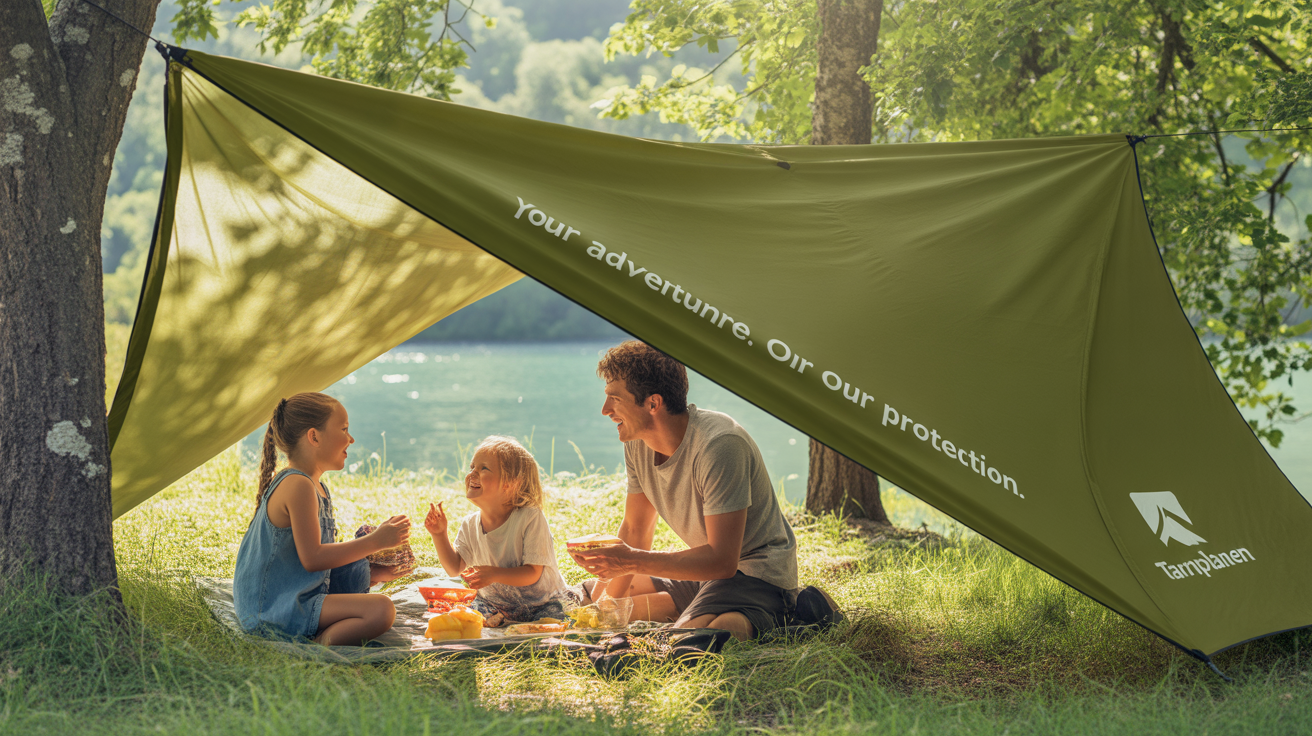In today’s fast-paced, outdoor-oriented, and environmentally conscious world, few products combine versatility, durability, and practicality quite like Tarnplanen. Whether you’re a survivalist, camper, soldier, or simply someone who loves being prepared, the Tarnplane—known more widely in English as a camouflage tarp—offers a wide range of uses that go far beyond its military roots.
In this article, we dive deep into the world of Tarnplanen, exploring their history, functions, materials, modern applications, and what to consider when choosing one. Whether you’re new to the concept or an experienced outdoorsman, this guide will give you everything you need to know about Tarnplanen.
What Is a Tarnplane?
The word “Tarnplane” comes from German, where “tarnen” means “to camouflage” and “Plane” refers to a tarp or tarpaulin. So, a Tarnplane is essentially a camouflage tarp designed to blend into natural surroundings while offering protection from weather and visibility.
Historically, these tarps were used primarily in military applications to conceal troops, vehicles, and supplies from aerial or long-range surveillance. However, their usefulness has long since expanded beyond combat and is now found in civilian uses such as camping, bushcraft, hunting, prepping, and disaster readiness.
A Brief History of Tarnplanen
The concept of camouflage in warfare is ancient, but the development of specialized camouflage tarps really took off during the 20th century, particularly in World War II. German, Soviet, and Allied forces developed various camouflage patterns and gear, including the first versions of what we now call Tarnplanen.
These tarps evolved to be lightweight, waterproof, and designed with multi-purpose functions—as shelters, ground covers, or concealment gear. In post-war Europe, military surplus stores began offering Tarnplanen to civilians, and outdoor enthusiasts quickly realized their potential.
Over time, newer materials and printing techniques emerged, resulting in high-tech camouflage patterns like Flecktarn, Multicam, Marpat, and DPM, which have found their way into the civilian world through tactical gear, tents, clothing, and yes—Tarnplanen.
Key Features of a Tarnplane
A good Tarnplane isn’t just a plastic sheet with green and brown paint. Modern Tarnplanen are engineered for performance. Here are the core features you’ll typically find:
1. Camouflage Patterns
Tarnplanen are available in multiple camouflage designs tailored for different environments:
- Flecktarn – German pattern ideal for woodland and forest environments.
- Multicam – Designed for a wide range of terrains from deserts to highlands.
- Woodland Camo – Classic American military style.
- Snow Camo – For arctic or snowy regions.
- Digital Camo – Pixelated design popular with modern militaries.
2. Waterproofing
Most Tarnplanen are made of PVC-coated polyester or ripstop nylon, both of which are highly water-resistant. They’re designed to repel water during rainstorms or snow, keeping people and gear dry underneath.
3. UV Protection
UV-treated coatings protect the material from sun damage, preventing cracking, fading, or weakening over time.
4. Durability and Tear Resistance
Reinforced corners, grommets (metal eyelets), and double-stitched seams are standard. Many are made of ripstop fabric, which prevents small tears from spreading.
5. Versatility
Tarnplanen come with multiple tie-down points or loops, making them adaptable for use as tents, hammocks, ground cloths, rain shelters, and gear covers.
Popular Uses of Tarnplanen
One of the reasons Tarnplanen have become so widely used is their versatility. Here are some of the most common modern applications:
1. Camping and Bushcraft
Campers and bushcrafters use Tarnplanen to create makeshift shelters, windbreaks, or dry sitting areas. They’re light enough to carry in a backpack and quick to set up with just a few cords or poles.
2. Hunting
In hunting, remaining unseen is crucial. Tarnplanen offer effective concealment for blinds, hides, and gear. They’re especially useful for waiting game or building temporary observation posts.
3. Military and Tactical
Though more advanced gear exists, Tarnplanen remain a staple for military forces around the world for concealment, camouflage netting, and temporary field shelters.
4. Emergency Preparedness
Preppers and survivalists often keep Tarnplanen in their bug-out bags or emergency kits. They serve as shelter, ground cover, or rain catchers in survival scenarios.
5. Photography and Wildlife Observation
Wildlife photographers use Tarnplanen to hide themselves or their equipment while waiting for animals to come into view.
Types of Tarnplanen by Material
The material used in a Tarnplane significantly impacts its performance, weight, and price. Common options include:
Polyethylene (PE)
- Pros: Cheap, water-resistant, lightweight.
- Cons: Can tear easily, less durable in extreme conditions.
PVC-Coated Polyester
- Pros: Heavy-duty, waterproof, UV resistant, good in harsh climates.
- Cons: Heavier, not as compact for carrying.
Ripstop Nylon or Polyester
- Pros: Lightweight, extremely durable, often used in ultralight camping.
- Cons: More expensive, may require seam-sealing for total waterproofing.
How to Choose the Right Tarnplane
Choosing a Tarnplane depends on your specific needs and environment. Here are a few tips to guide your selection:
- Environment: Pick the camouflage pattern that best suits your terrain.
- Forest? Use Flecktarn or Woodland.
- Desert? Choose Multicam.
- Snowy area? Go with Snow Camo.
- Size: Consider how many people or how much gear you need to cover. Typical sizes range from 2×3 meters to 5×7 meters.
- Weight vs. Durability: Ultralight hikers may prefer nylon ripstop, while static campers or preppers may favor heavier, more rugged PVC tarps.
- Ease of Setup: Look for reinforced corners and enough grommets or attachment loops for flexibility in shelter-building.
- Water and UV Resistance: Especially important if you’re spending multiple days outdoors.
Maintenance and Storage Tips
A quality Tarnplane can last for years if properly maintained:
- Clean After Use: Wipe off dirt and moisture before storing.
- Avoid Prolonged UV Exposure: Even UV-resistant tarps can degrade over time.
- Store Dry: Always pack away your Tarnplane dry to avoid mold and mildew.
- Check Grommets and Seams: Inspect for wear and repair small rips with tarp patches or seam sealer.
The Future of Tarnplanen
With the rise of modular outdoor gear, we are seeing Tarnplanen that double as hammock covers, ponchos, and solar shelters. Some new models integrate reflective coatings for heat retention, or infrared suppression for military and stealth uses. As both recreational and tactical communities grow, expect even more innovation in materials and design.
Additionally, as more people embrace off-grid lifestyles, eco-tourism, or disaster preparedness, the Tarnplane is no longer a niche item—it’s becoming a standard survival tool.
Conclusion
Tarnplanen are more than just camouflaged tarps—they are multi-functional tools that serve a wide range of outdoor needs. Whether you’re trekking through a forest, setting up a field hide, or preparing for emergencies, a well-chosen Tarnplane can provide shelter, concealment, and peace of mind.
With a deep history rooted in military necessity and an exciting future full of civilian applications, Tarnplanen continue to evolve. They remain a vital asset for anyone serious about the outdoors, survival, or tactical efficiency.



